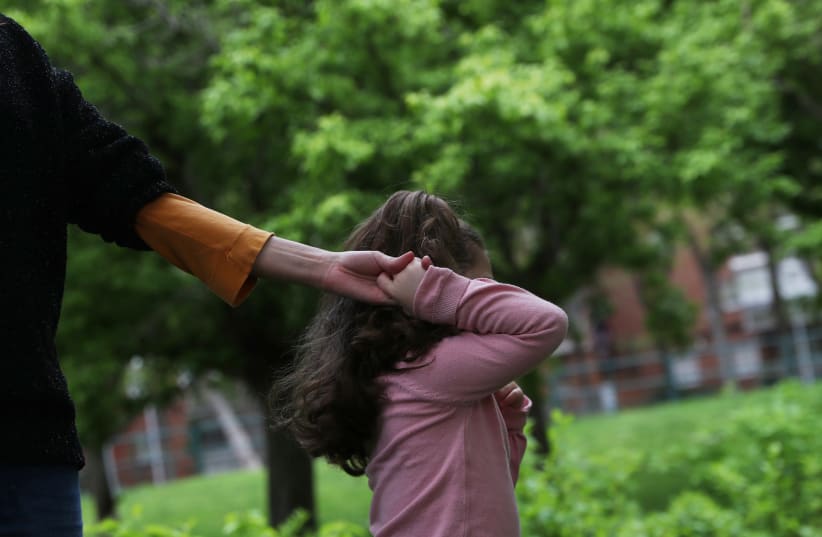The study, which was recently published in the scientific journal Brain, also identified the means by which girls with autism respond to social cues, such as facial expressions and gestures, compared to girls without the condition.
The research utilized newly developed brain imaging techniques along with genetic research in order to determine autism's effects in girls, which was previously poorly understood since autism is four times more common in boys.
Using a functional magnetic-resonance imaging to examine brain activity in social interactions, the researchers discovered that autistic girls use different areas of the brain compared to non-autisitic girls, in contrast to boys with and without autism, both of which use different brain mechanisms.
“This new study provides us with a roadmap for understanding how to better match current and future evidenced-based interventions to underlying brain and genetic profiles, so that we can get the right treatment to the right individual,” said lead investigator Kevin Pelphrey, PhD, a top autism expert at the University of Virginia School of Medicine and UVA’s Brain Institute.
“This advances our understanding of autism broadly by revealing that there may well be different causes for boys vs. girls; this helps us understand the heterogeneity within and across genders,” Pelphrey added.
In terms of the genetic factor, the researchers also found that girls had much larger numbers of rare genetic variants during early development in the striatum section of the brain, which the scientists suggest may be a correlated with the development of autism in girls.
“The convergence of the brain imaging and genetic data provides us with an important new insight into the causes of autism in girls,” Pelphrey noted. “We hope that by working with our colleagues in UVA’s Supporting Transformative Autism Research (STAR), we will be able to leverage our findings to generate new treatment strategies tailored to autistic girls.”
